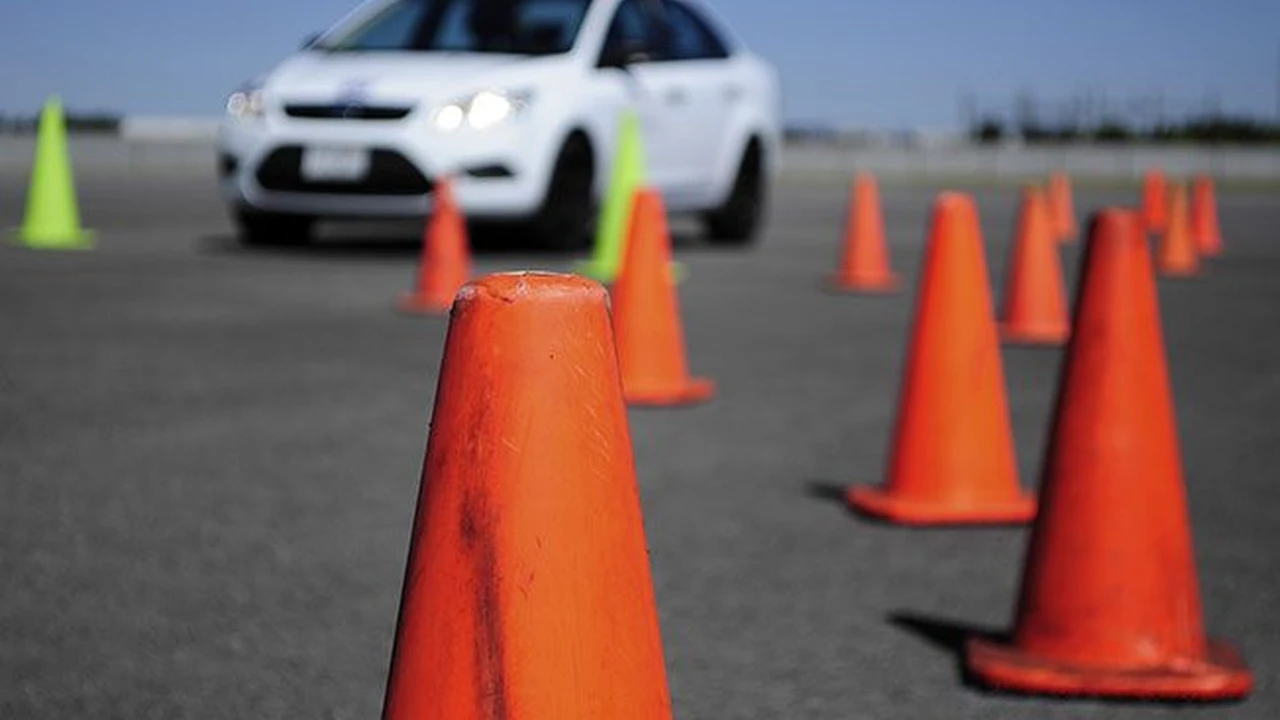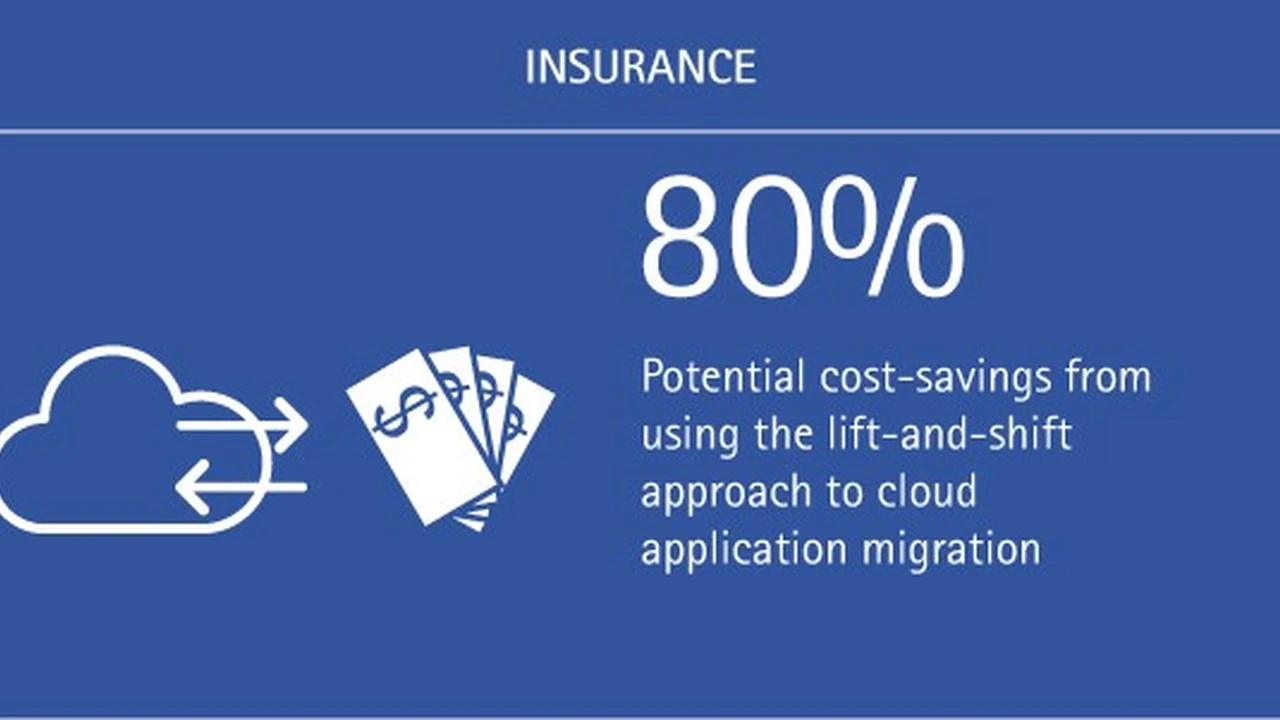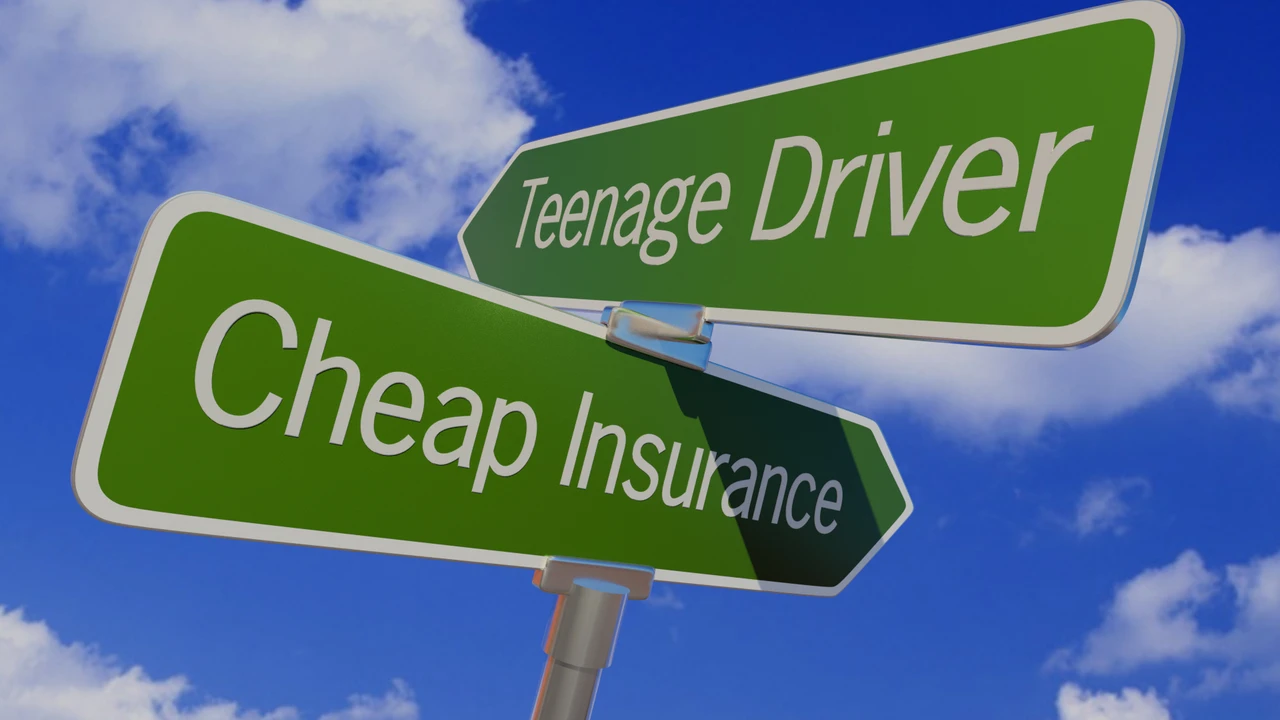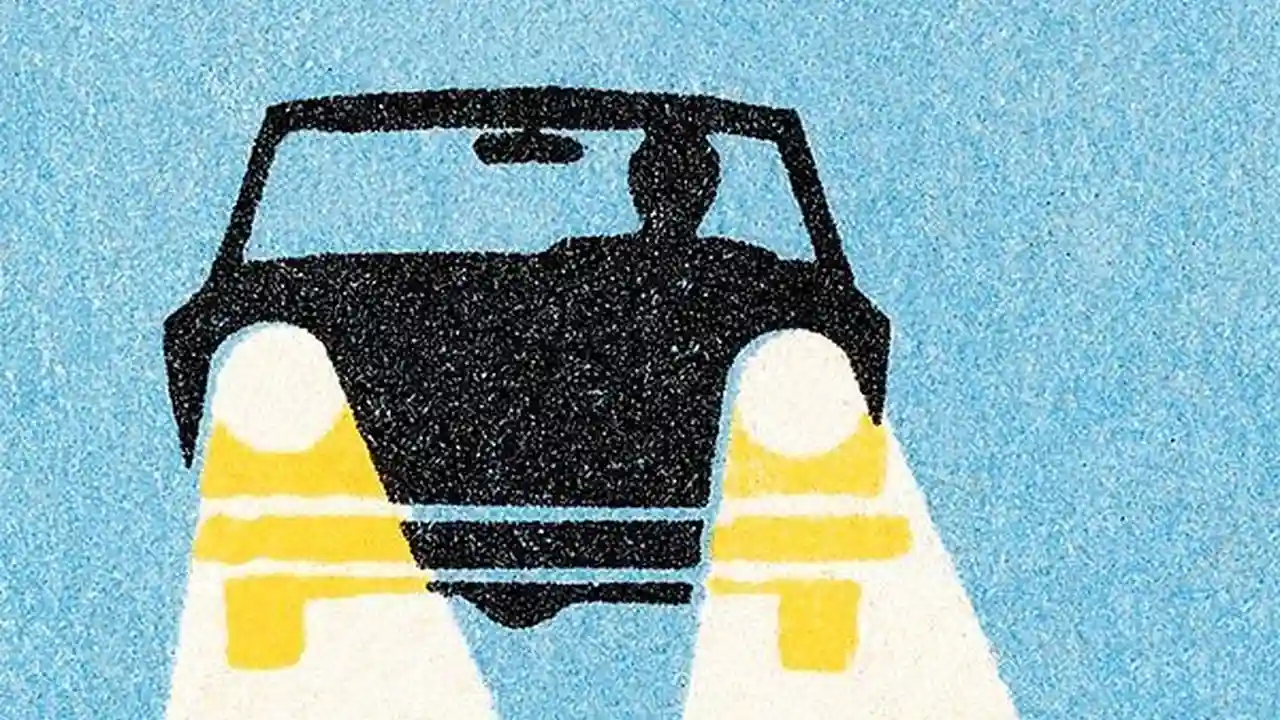Encouraging Defensive Driving Skills: Staying Safe

Understanding Teen Driver Risks & Insurance Implications
Alright, parents, let's talk teen drivers. We all know that heart-stopping moment when they first get behind the wheel. It's a mix of pride and sheer terror, right? And let's be real, new drivers are statistically more likely to get into accidents. That's why understanding the risks and how they impact your auto insurance is crucial. Teen drivers are inexperienced, easily distracted, and sometimes, let's face it, a little overconfident. This combination can lead to risky behaviors like speeding, tailgating, and texting while driving. Insurance companies know this, which is why teen drivers often lead to higher premiums. We're gonna break down how to mitigate those risks and potentially save you some serious cash on your insurance. Think of it as protecting your teen and your wallet simultaneously. It's a win-win!
Defensive Driving Techniques for Teens: Preventing Accidents
So, how do we turn those potentially reckless teenagers into responsible, defensive drivers? It starts with education. We're not just talking about driver's ed. That's a good starting point, but it's not enough. Defensive driving is about anticipating potential hazards and reacting accordingly. Teach your teen to scan the road ahead, looking for potential problems. Explain the importance of maintaining a safe following distance – the "three-second rule" is a great guide. Talk about the dangers of distracted driving, especially cell phones. Seriously, make it a house rule: no phones while driving. And emphasize the importance of driving defensively, even when others aren't. Assume other drivers might make mistakes and be prepared to react. It's like playing chess, but with cars. Always think a few moves ahead.
Choosing the Right Car for Your Teen Driver: Safety Features & Insurance Costs
The car your teen drives can make a huge difference. Forget the flashy sports car. We're talking safety here! Look for vehicles with good safety ratings from organizations like the IIHS (Insurance Institute for Highway Safety) and NHTSA (National Highway Traffic Safety Administration). Features like anti-lock brakes (ABS), electronic stability control (ESC), and multiple airbags are essential. Consider a car with advanced driver-assistance systems (ADAS) like automatic emergency braking, lane departure warning, and blind-spot monitoring. These features can help prevent accidents. And guess what? Safer cars often lead to lower insurance premiums. It's worth the investment. A used sedan or small SUV with a proven safety record is often a good choice. Think Honda Civic, Toyota Corolla, Subaru Impreza – reliable, safe, and relatively affordable to insure.
The Role of Parent-Teen Driving Agreements: Setting Expectations & Rules
A parent-teen driving agreement is a fantastic tool for setting clear expectations and rules. Sit down with your teen and discuss things like curfew, passenger restrictions, and acceptable driving behaviors. Write it all down and have both of you sign it. This creates a sense of accountability and helps avoid misunderstandings. Include consequences for breaking the rules, like losing driving privileges. The agreement should also address things like cell phone use, alcohol and drug use, and driving in inclement weather. It's not about being a control freak; it's about protecting your teen and others on the road. Think of it as a contract for safe driving. You can find templates for parent-teen driving agreements online. Customize it to fit your family's needs and values.
Monitoring Teen Driving Habits: GPS Trackers & Driving Apps
Technology can be your friend when it comes to monitoring your teen's driving habits. GPS trackers can provide real-time location information and alerts if your teen exceeds speed limits or drives outside designated areas. There are also driving apps that track things like hard braking, acceleration, and phone use while driving. These apps can provide valuable feedback and help your teen improve their driving skills. Some insurance companies even offer discounts for using these apps. It's like having a virtual driving coach in the car with your teen. However, it's important to be transparent with your teen about monitoring. Explain why you're doing it and emphasize that it's about safety, not spying. Building trust is key.
Understanding Teen Driver Insurance Options: Adding to Your Policy or Separate Coverage
Let's talk insurance options. You typically have two choices: add your teen to your existing policy or purchase a separate policy. Adding your teen to your policy is usually the more affordable option, but it can still significantly increase your premiums. A separate policy might be necessary if your teen has a particularly risky driving record or if you want to limit your liability. Shop around and compare quotes from different insurance companies. Look for discounts for good students, safe driving courses, and anti-theft devices. Consider increasing your deductible to lower your premiums, but make sure you can afford to pay the deductible if your teen gets into an accident. Understanding your insurance options is crucial for protecting yourself financially.
Defensive Driving Courses & Their Impact on Insurance Rates
Encourage your teen to take a defensive driving course. These courses teach valuable skills and can help reduce the risk of accidents. Many insurance companies offer discounts for completing a defensive driving course. It's a win-win! The courses cover topics like hazard perception, collision avoidance, and safe driving techniques. They can also help your teen understand the consequences of risky driving behaviors. It's a relatively small investment that can pay off big time in terms of safety and insurance savings. Look for courses approved by your state's Department of Motor Vehicles.
The Importance of Vehicle Maintenance for Teen Drivers: Ensuring Safety & Reliability
Regular vehicle maintenance is essential for safety and reliability. Teach your teen how to check the oil, tire pressure, and fluid levels. Make sure they understand the importance of getting regular oil changes, tire rotations, and brake inspections. A well-maintained vehicle is less likely to break down or experience mechanical problems that could lead to an accident. It's also important to address any warning signs promptly. If the brakes are squealing or the steering is loose, get it checked out immediately. Don't wait until it becomes a serious problem. Think of it as preventative medicine for your car.
Dealing with Peer Pressure & Teen Driving: Saying No to Risky Situations
Peer pressure can be a major factor in teen driving accidents. Encourage your teen to say no to risky situations, like driving with too many passengers or driving under the influence of alcohol or drugs. Talk to them about the consequences of these behaviors and empower them to make responsible choices. Let them know that it's okay to call you for a ride if they find themselves in a dangerous situation. Be supportive and understanding. It's better to be embarrassed than injured or worse. Open communication is key to helping your teen navigate the pressures of peer influence.
The Impact of Distracted Driving on Teens: Cell Phones, Passengers & More
Distracted driving is a huge problem, especially for teen drivers. Cell phones are a major culprit, but passengers, music, and even eating can be distracting. Emphasize the importance of focusing solely on driving while behind the wheel. Put the phone away, limit the number of passengers, and avoid eating or drinking. Create a "no distractions" zone in the car. It's not just about avoiding accidents; it's about being a responsible and respectful driver. Talk to your teen about the dangers of distracted driving and set a good example yourself. Don't text or talk on the phone while you're driving.
Product Recommendations for Teen Driver Safety & Insurance Discounts
Alright, let's talk about some products that can help keep your teen safe and potentially save you some money on insurance. These are just a few suggestions, and you should always do your own research to find what works best for your family.
GPS Trackers for Cars
These devices allow you to monitor your teen's driving habits, including location, speed, and hard braking. Some popular options include:
* **Bouncie:** A small, easy-to-install device that plugs into your car's OBD-II port. It provides real-time tracking, geofencing, and driving reports. It also has a crash detection feature. **Use Case:** Tracking your teen's location and receiving alerts if they exceed speed limits or drive outside designated areas. **Price:** Around $80 for the device and $8/month for the subscription. * **Vyncs:** Similar to Bouncie, Vyncs offers real-time tracking, driving reports, and vehicle diagnostics. It also has a roadside assistance feature. **Use Case:** Monitoring driving behavior and receiving alerts for potential mechanical problems. **Price:** Around $100 for the device and various subscription options.**Comparison:** Bouncie is generally considered easier to use and has a simpler interface, while Vyncs offers more advanced features and vehicle diagnostics. Consider your needs and budget when choosing a GPS tracker.
Dash Cams
Dash cams record video of the road ahead, providing valuable evidence in case of an accident. Some popular options include:
* **Garmin Dash Cam 67W:** A high-quality dash cam with a wide field of view and excellent video quality. It also has features like GPS, lane departure warning, and forward collision warning. **Use Case:** Recording evidence in case of an accident and providing a record of your teen's driving habits. **Price:** Around $200. * **Vantrue N2 Pro Uber Dual Dash Cam:** A dual-lens dash cam that records both the road ahead and the interior of the car. This is particularly useful for rideshare drivers or for monitoring passenger behavior. **Use Case:** Recording both the road and the interior of the car, providing a comprehensive record of driving events. **Price:** Around $250.**Comparison:** The Garmin Dash Cam 67W offers superior video quality and advanced driver-assistance features, while the Vantrue N2 Pro provides a more comprehensive view of the driving environment with its dual-lens design. Consider your specific needs and budget when choosing a dash cam.
Tire Pressure Monitoring Systems (TPMS)
Maintaining proper tire pressure is crucial for safety and fuel efficiency. A TPMS alerts you when your tire pressure is low.
* **FOBO Tire Plus:** A Bluetooth TPMS that monitors tire pressure and temperature in real-time. It sends alerts to your smartphone if the pressure drops below a certain level. **Use Case:** Monitoring tire pressure and receiving alerts for low pressure, preventing accidents and improving fuel efficiency. **Price:** Around $200 for a set of four sensors. * **EEZTire TPMS:** A more affordable option that displays tire pressure on a small monitor in your car. **Use Case:** Monitoring tire pressure without relying on a smartphone. **Price:** Around $100.**Comparison:** The FOBO Tire Plus offers more advanced features and smartphone integration, while the EEZTire TPMS is a more affordable and straightforward option. Choose the TPMS that best fits your needs and budget.
Remember to check with your insurance company to see if they offer discounts for using any of these safety devices. It's always worth asking!
:max_bytes(150000):strip_icc()/277019-baked-pork-chops-with-cream-of-mushroom-soup-DDMFS-beauty-4x3-BG-7505-5762b731cf30447d9cbbbbbf387beafa.jpg)






